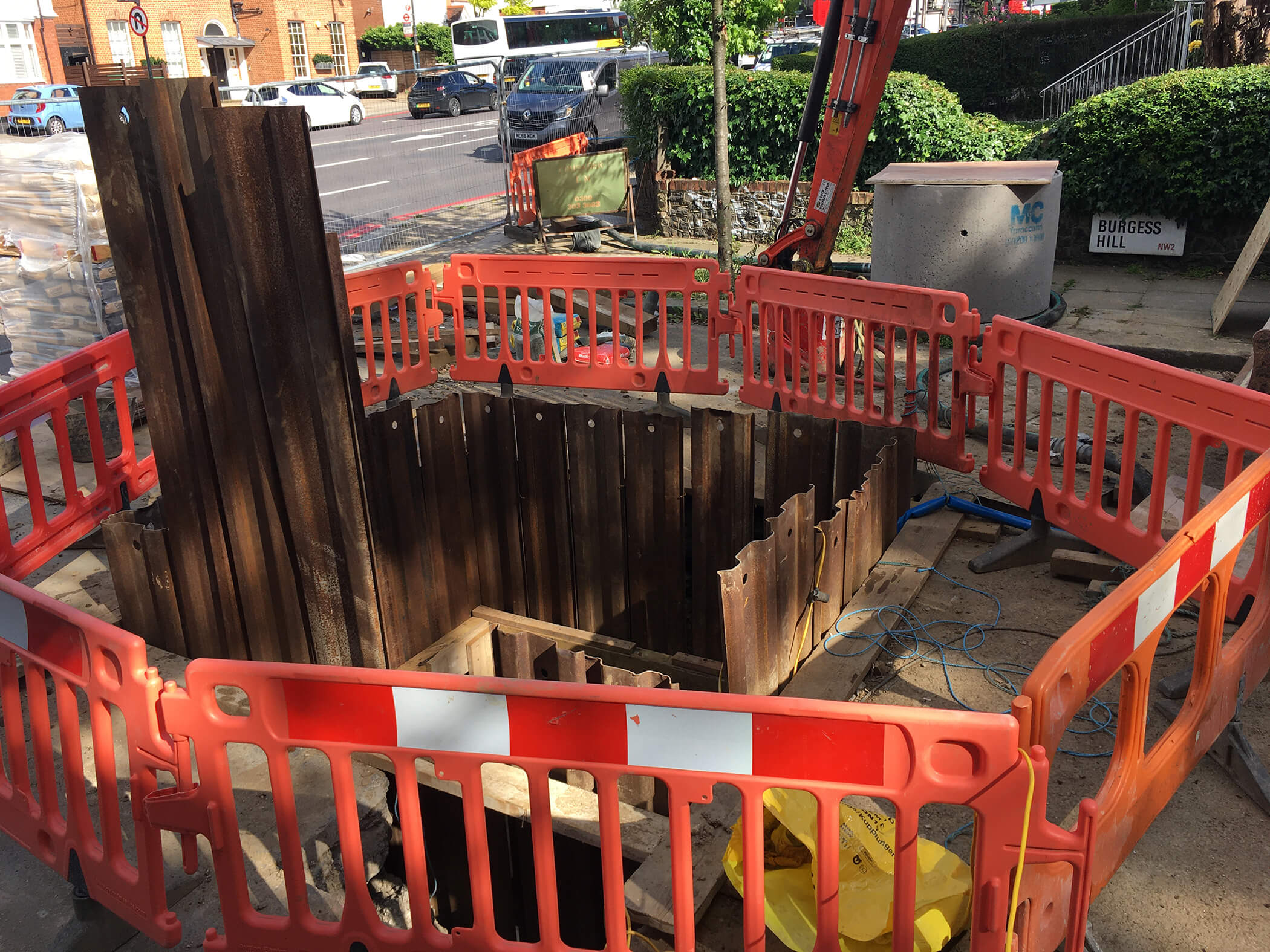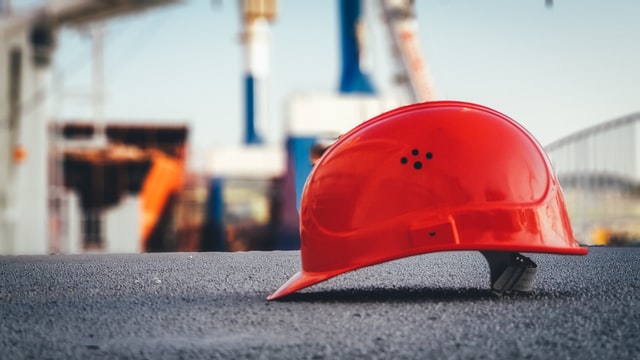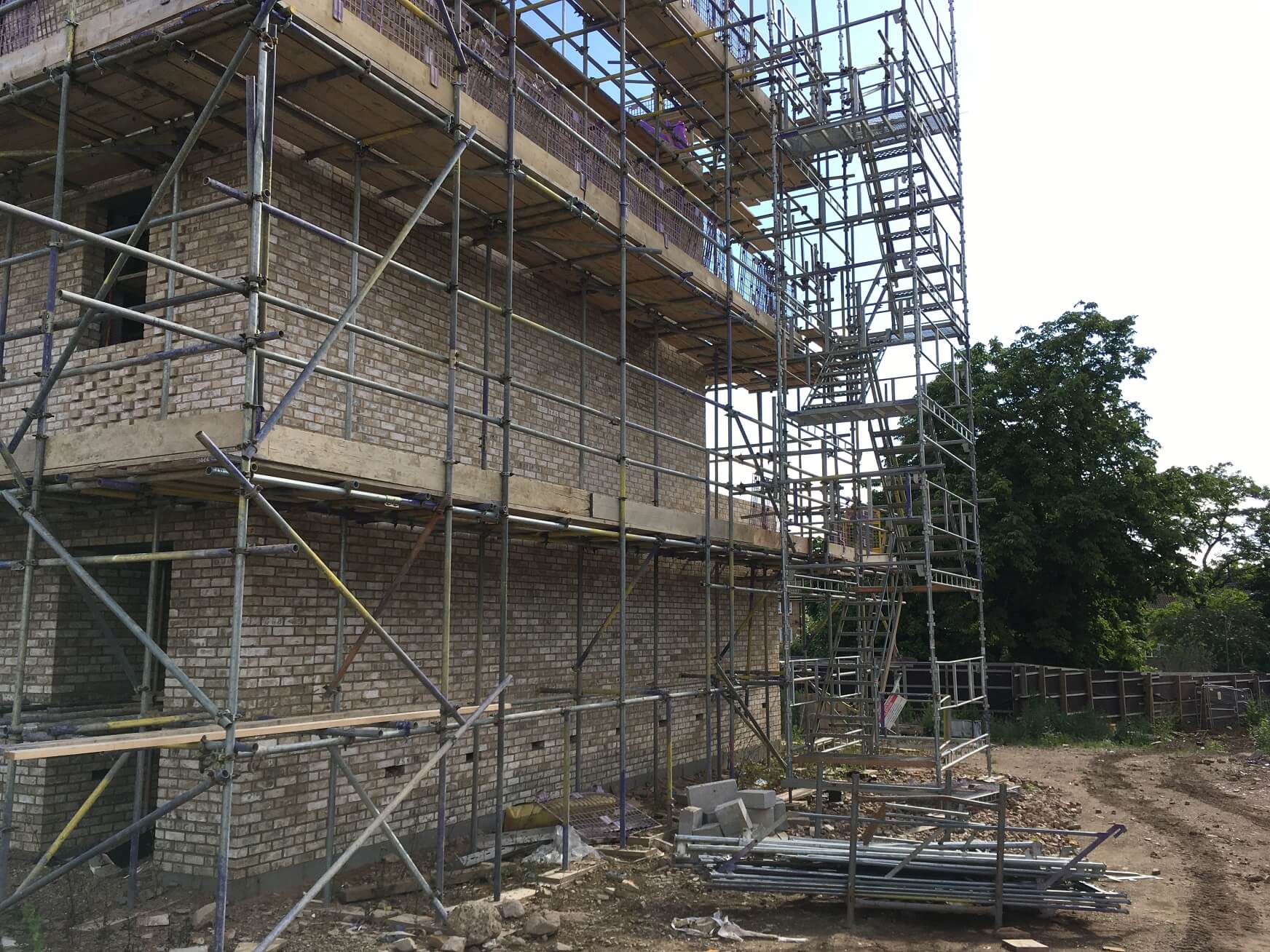When you think about construction, you probably imagine cranes, bulldozers, and hammers. While these are indeed essential, there’s another less-known but crucial component: the raker.
Raker: The Support Star
A raker is a diagonal support placed to reinforce a scaffold, a wall, or an excavation site. Unlike most parts of a construction site that catch your eye immediately, rakers do their job quietly in the background.
How Does a Raker Work?
Imagine a raker as a helpful friend that prevents things from toppling over. Rakers offer additional support and stability, especially for temporary structures.
When a wall or scaffold is built, it can lean or even collapse under pressure. But when a raker is installed diagonally, it counteracts these forces, providing essential support and maintaining the integrity of the structure.
What is the angle of the scaffold raker?
The angle of a raker, also known as a diagonal brace, can vary based on the specific requirements of the structure. However, for optimal stability and support, these braces are usually installed at an angle of about 45 degrees to the vertical posts (standards) and horizontal parts (ledgers) of the scaffolding.
Why is a Raker Essential in Construction?
Rakers play a crucial role in construction for several reasons:
- Safety: They provide stability, reducing the risk of accidents.
- Structure: They preserve the integrity of walls and scaffolding.
- Efficiency: They allow work to proceed smoothly without disruptions caused by structural issues.
Types of Rakers

Just as each construction project is unique, rakers also come in different shapes and sizes:
- Flying Rakers: These are used in scaffolding and are fixed at one end, while the other end supports a structural wall.
- Shore Rakers: These support walls or trenches in excavation sites, preventing them from collapsing.
- Fixed Rakers: Used in many construction scenarios, they are securely fastened at both ends for increased support.
So remember, while cranes and bulldozers grab all the spotlight, the real hero is the raker, quietly ensuring that everything stands tall and strong, even in the face of difficult construction challenges. So that is what the raker is doing in construction.
Definition
A raker is a type of brace or support that is positioned at an angle or diagonally to provide extra stability to a temporary structure, such as a scaffold or a wall. It’s especially important when the structure may be subjected to lateral forces or the wall or structure may be prone to leaning or collapsing. Rakers help ensure the safety and structural integrity of construction sites.






